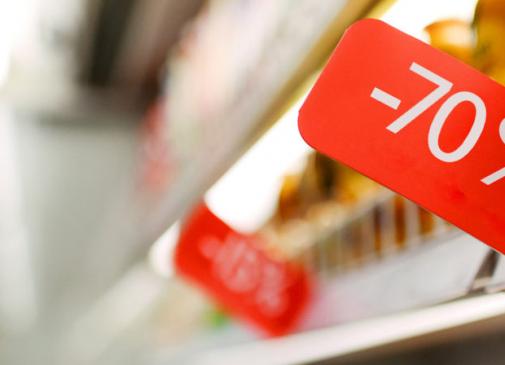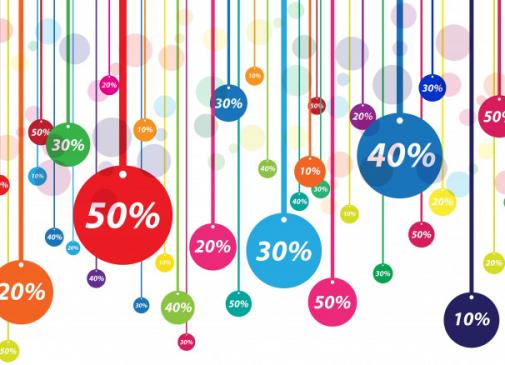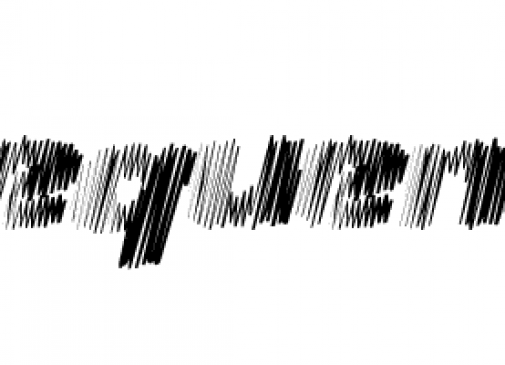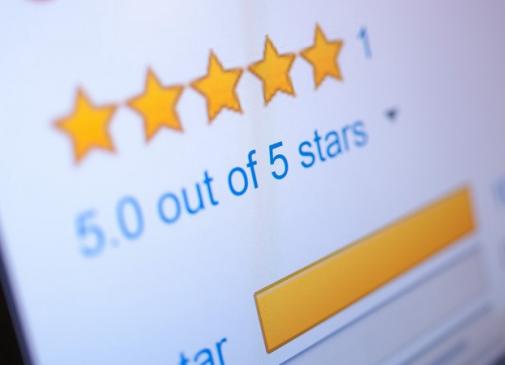As the number of shoppers in brick-and-mortar stores is rapidly shrinking, supermarkets start to lease some of its space to coffee shops or fitness clubs. Could that be an effective anti-crisis measure? Given that more pessimistic forecasts talk about a whopping 60 percent of groceries to be purchased online by 2030, supermarkets must work out a really good survival plan.
As the number of shoppers in brick-and-mortar stores is rapidly shrinking, supermarkets start to lease some of its space to coffee shops or fitness clubs. Could that be an effective anti-crisis measure? Given that more pessimistic forecasts talk about a whopping 60 percent of groceries to be purchased online by 2030, supermarkets must work out a really good survival plan.
Five times current levels, 25 percent of groceries may be sold online within some 16 years. That will force supermarkets to reduce their premises as consumers choose to shop from home. Already such retail giants as Tesco decided to cut back space at their biggest stores in favour of coffee shops, gyms and soft-play centres. According to experts, the rest of Europe will follow soon. Facing a dramatic drop in visitors' numbers and soaring operational costs, supermarkets are likely to sell or rent their space to non-food retailers, leisure operators or restaurants- all in attempt to lure customers back to their shops.
Outwitting the likes of Amazon
Supermarkets are afraid of losing against non-food specialists, such as legendary Amazon, which extended their online offer by adding groceries. Seattle-based Amazon, which has lower costs than the vast majority of bricks-and-mortar retailers, is indeed a dangerous market rival. However, there are still brands, which believe that physical stores can capture customers' attention. Owner of super-popular Zara high-street fashion brand, Spanish Inditex opened 482 stores in 2012, bringing its total to 6,009 in 86 countries. Another example comes from a dynamically growing clothing vendor Primark, which relies on its 242 shops for nearly all its sales. Luxury products are a separate category; with products worth a couple of grand, posh brands sell most of its assortment in brick-and-mortar stores. Other retailers, who want to effectively compete against more powerful e-stores, could increase their power over suppliers. This way they may have some influence over which products are put in front of shoppers within an online store. Back to the food category, grocery producers must alter their strategies to grab consumers' attention. They may have to pump some money into more sophisticated digital marketing techniques or invest in building stronger brands that shoppers search for by name. Another solution is to become specialists in own-label goods for supermarkets which will depend increasingly on those goods to differentiate themselves from competitors.
Online shopping to kill impulse buying?
Quick on the uptake, big retailers turned into omnichannel merchants in an effort to adapt to a changing market environment. Offline-only is definitely passé. Forward-thinking retailers advertise themselves as a flexible and consumer-friendly hybrid of Amazon online and physical shop with all its unique experience. Leaders in the sector set a good example. The largest British retailer, Tesco intends to focus as much on app development as on property development. Global leader Walmart has 1,500 employees in Silicon Valley trying to beat Amazon in such areas as logistics and tapping into social media's potential. Most threatened are these brands, which generate the bulk of its sales from impulse shopping. Studies show that shoppers are much better at sticking to their budget and avoiding sweets, chocolates and bags of crisps when shopping online. Given the fact that as much as 84 percent of chocolate and 76 percent of biscuits are purchased on a whim (data from a study in US), producers of sweets may feel gutted. At the same time, independent local suppliers could take advantage of a greater online visibility. Supermarkets will stock a much greater variety of products in their online stores. For example the largest online food retailer Ocado already offers roughly 34,000 lines, compared to approximately 25,000 in an average supermarket.
Sources: http://www.theguardian.com; http://www.economist.com
Photo: https://www.flickr.com/photos/qmnonic/









